It seems like Monday has become the unofficial day for a new blog on Artifact 2.0. For the third week in a row, Valve has published a post, this time introducing the radically revamped deployment system.
Artifact 1.0’s initial board setup was extremely dependent on RNG. Initial creeps deployment was left entirely out of the player’s hand and were instead randomly placed into a lane. Its chaotic nature meant that players’ foresight and guesswork at placing heroes could be ruined or rewarded unpredictably.
Artifact 2.0 will retain its three lanes, but each lane can now only hold up to five units. It was previously limitless, meaning that silly stuff like this match, where one player managed to spam a board with more than 150 cards and deal over 1,000 damage to the tower, could happen.
Now, creeps will always spawn in the same slot on the lane. Players will engage in an early battle of wits by selecting the lanes that their heroes will clash in, rather than having it pre-determined with card deck order.

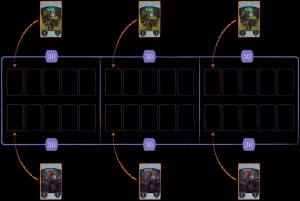
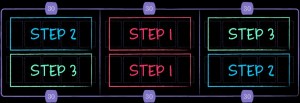
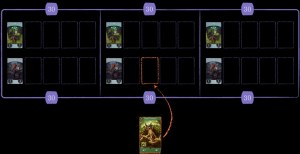
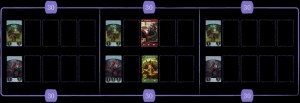
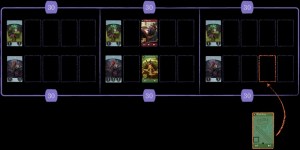
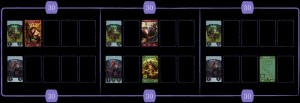
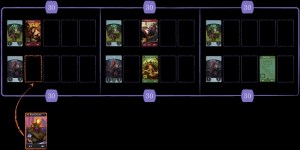
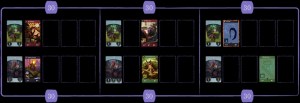
The first step is for each player to pick their mid laner first, off laner second, and safe laner third. Heroes are revealed lane by lane, meaning that players will have more information to work with as they place their cards.
The asymmetrical placement will also mean that each player will get at least one favorable lane matchup in their own safe lane, simulating Dota 2‘s laning setups.
The slots will also be fixed in place now, so players cannot shift the positions of pre-existing units. This makes blocking and attacking more predictable. There’s no word on whether attack arrows will remain in the game, or units will always clash head-on in 2.0
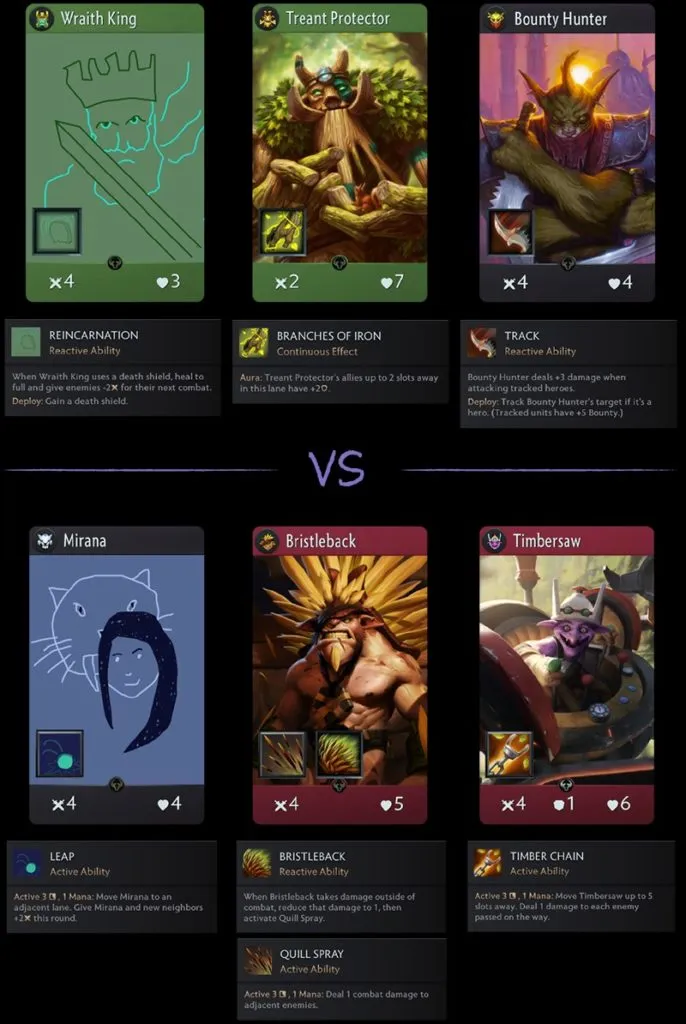
Valve has also inadvertently shown off the reworked hero cards that they used in the demonstration. Also, creeps’ potency has been cut in half, as the previous 2/2 stat line now sits at 1/1, while towers have been reduced to 30 health, at least in this situation.
Related: Valve promises perks for Artifact founders, teases new cards with terrible placeholder art
The developer put in additional notes at the end, citing that armor will work differently, and that “tower health is dependent upon the game mode.” All signs point to Valve heavily speeding up the tempo of the game, encouraging a faster-paced playstyle rather than the old 30-minute slugfests Artifact 1.0 produced.
It’s reassuring to see that the developers are working hard to update the card roster to version 2.0, changing abilities but still retaining the Dota 2 familiarity, all the while making them better suited for the new style of play.


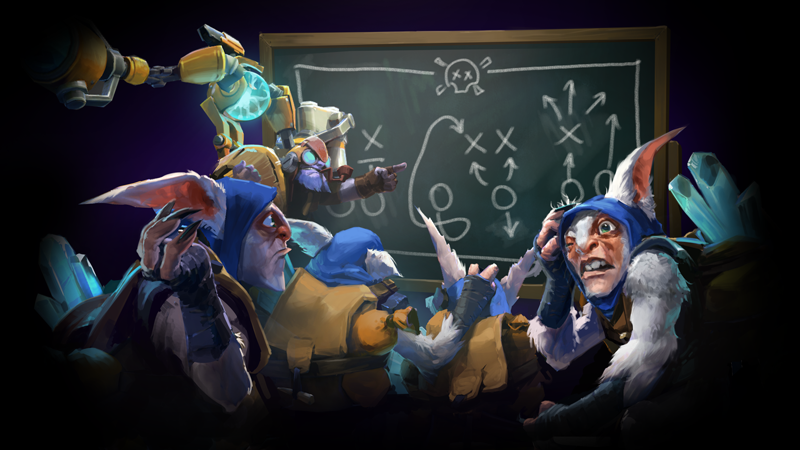
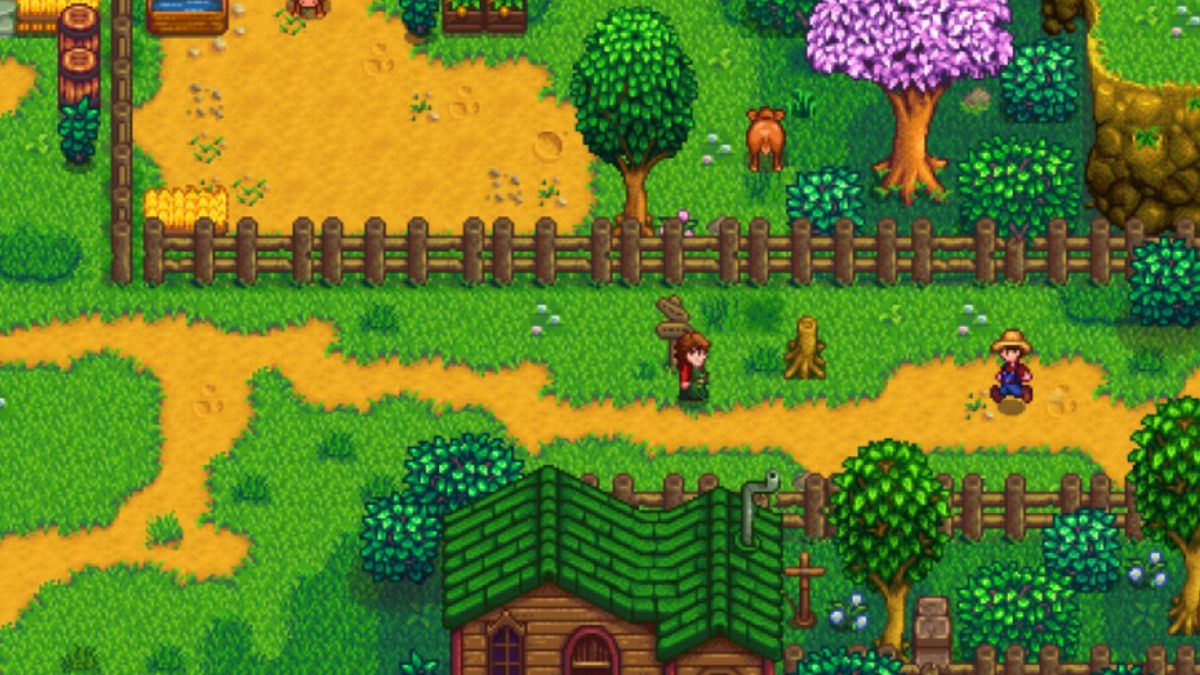
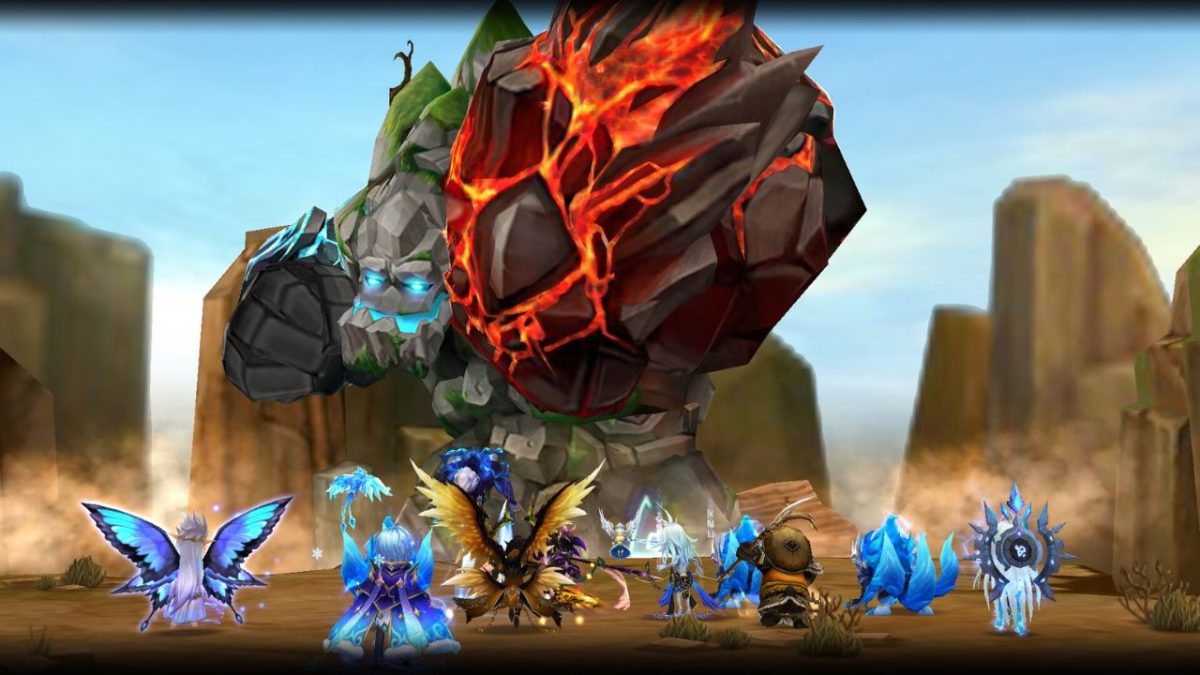


Published: Apr 13, 2020 06:45 pm